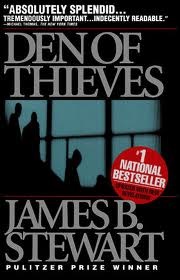A quick look at dictionary.com explain random as
"proceeding, made, or occurring without definite aim, reason, or pattern: the random selection of numbers".In statistics term, it means choosing an object from a pool of samples with each object having the same probability of being selected.
Now, if you were to upload some random photo, you should not be selecting the photo yourself. Instead, you could give each photo in a pool a number ranging from 0 to 66. Then throw a fair die twice and select the photo based on the outcome of the die i.e. First throw give you a 1, second give you a 5, you proceed to upload the photo with number 15 assigned to it previously. Of course, you would be nuts if you are doing this when uploading photos to facebook.
Now that you know you have been using the wrong word for quite some time (yes you, you and you.), time to kick away that habit; a better word might be miscellaneous instead.







